Quirk Books is running their BOOK POP! online comic-con this week – with Quirk Books authors being interviews on social media and across multiple blogs and websites. We here at The Beat love the wide range of run books that Quirk puts out…and we also LOVED the chance to interview Jon Morris, the author of The League of Regrettable Superheroes: Half-Baked Heroes from Comic Book History and the follow up, The Legion of Regrettable Supervillains: Oddball Criminals from Comic Book History. Both spotlight the oddities of comics past and even present. Morris is also the author of the Gone and Forgotton blog, that has more comics history and oddness.
In the interview he talks about what makes oddball characters through the Golden and even Modern age, whether grim and grittification is always the answer, and the tulimate Bee battle.
THE BEAT: Now that you’ve assembled both the most regrettable superheroes and their villainous counterparts, is either group MORE regrettable? I’ve often noticed that a hero has to have a little bit of staying power but creators like to throw their most bizarre ideas into villains who come and go. Did you find that was true at all?
JON MORRIS: You’re right that superheroes have the better staying power and, for that matter, I think are more subject to the common tropes about what constitutes a superhero with staying power. After all, it is their name on the masthead, and they’re expected to come back in the next issue, which means they sometimes have to move more slowly or more carefully. Villains can be tried, tested and tossed out, on the other hand, so I think creators tend to experiment more wildly on the bad guys, as a whole.
I don’t know, this is actually just a guess, but villains seem to get weirder because there’s a safety net in place for them; if you have Batman fight an evil chauffeur and a man with all the power of a Macy’s Thanksgiving Day Parade balloon, and those characters fail to gel with the readership, you can always bring the Joker back in the next issue. Villains are more disposable, I suppose, which makes the really prominent ones even more amazing.
THE BEAT: I was also impressed with how you moved both books into the modern era. We tend to the think of the Golden Age as the time of the most bizarre characters, and “modern” comics as more grown up and serious. Was it hard to find modern heroes and villains who were regrettable?
MORRIS: It definitely was more difficult, if only because the amount of room in modern superhero comics for untested ideas has become so small, and heavily-curated. DC and Marvel own the vast majority of the superhero footprint in comics (and in the public imagination). And while they may introduce a few hundred new superheroes and supervillains a year, they’ve got the math down pretty well; they generally know what they’re aiming for, what will (or at least “might”) sell books, and who their audience is. When they do create a weird or bizarre character, they’re usually doing it intentionally, and with an end goal in mind.
By and large, the Big Two don’t tend to create new characters with the same boundless liberty and exciting, throw-it-against-the-wall mentality as the creators in the Golden Age. Those older creators had the benefit of there being very few rules about what would and wouldn’t work. Modern creators tend to be more controlled, and focused on refining and developing existing characters. It’s a different type of storytelling for a different era.
Which isn’t to say that they don’t create regrettable characters (or storylines, for that matter), but they have all the time in the world to eventually tweak them towards respectability.
Outside of the biggest publishers, indie and third-tier companies – when they do traffic in superheroes – tend to intentionally veer towards the weird and whimsical, generally to make some larger point about superheroes as a concept. It would tend towards disingenuousness to look at a superhero book like — for instance — Black Hammer, Umbrella Academy or COPRA, and to isolate the weirdness of one character or another without contextualizing them into the greater reasoning behind the weirdness.
THE BEAT: Similarly, we tend to think of the Golden Age as having a certain naiveté, but do you think some of these creators knew how silly they were being?
MORRIS: Undoubtedly. I can guarantee, for instance, that the creators of Quality Comics’ The Red Bee (most likely Toni Blum and Charles Nicholas, although they were uncredited) absolutely knew how ridiculous they were being. Their collective pen name for use when writing the adventures of The Red Bee – an assistant district attorney who fought crime with the help of a trained bee named Michael who lived in his belt buckle – was “B.H.Apiary.” An apiary is a beehive, for which “B.H.” almost certainly stood. They were a little tongue-in-cheek.
Then you have characters like Airmale and Stampy, The Bouncer, Doctor Hormone, a fella named Air Wave whose power was that he owned a parrot and would often roller-skate down telephone lines – consciously goofy, I can almost guarantee it. You don’t even have to go so far as Captain Marvel, Midnight, Plastic Man, the Barker, Frankenstein or Sparky Watts – books which intentionally went for the weird, wooly and wild – to establish a relative platoon of purposefully odd characters.
I think what makes the Golden Age a continually fascinating era for the medium isn’t just that the entire super-hero genre was launched at this point, but that there were no established rules and anything flew. Sometimes that ended up pretty unfortunate, sometimes it ended up being purely amazing…
THE BEAT: While you have such outsider auteurs as Fletcher Hanks well represented, so are major names like Kirby, Simon, Stan Lee, Ditko and so. Were these titans having off days or do their lesser creations represent another side of their genius?
MORRIS: In the first book, and quite by accident, I found that I was inadvertently telling a story about Captain America’s co-creator, Joe Simon, and his wide-reaching influence on superhero comics up through the 1970s. I ended up covering his creations Jigsaw, Prez, Brother Power the Geek and The Outsiders, and could have added several more – The Green Team, for instance, or the Bronze Age Sandman. And then Jerry Siegel very much ended up serving the same purpose up through the second volume…
What that taught me about these creators and their creations, as I went along, was that whimsy and weirdness are absolutely mandatory components of a creative individual. Creations like Superman and Captain America were phenomena from the git-go, but you can see all of the individual pieces which made them work when you look at the more far-out characters created by the same writers. The things which made Prez and Brother Power work, as briefly as they did, is that they share a very specific swath of DNA with Simon’s more prominent patriotic heroes, as an example …
THE BEAT: Siegel and Shuster are really a whole chapter on their own. They really had a lot of…misfires after creating Superman didn’t they?
I’m not sure how I’d categorize Siegel’s post-Superman creations, honestly. Funnyman was the last collaboration between Siegel and Shuster, and I consider that to have been kicked out from under them more than being dead out of the gate. It might never have matched Superman’s appeal, but it might also have gotten somewhere if given an honest chance. They had big plans, whatever the case.
Meanwhile, they had created Doctor Occult and Slam Bradley together, and Siegel had created The Spectre and the Star-Spangled Kid with other artists (not to mention having assembled what is essentially the core Legion of Super-Heroes lineup), so I reckon that they have a decent catalogue.
The arc of Siegel and Shuster’s careers is an unhappy one, but I at least think that Siegel was having fun with his work, particularly that which he was doing at other companies under a pseudonym. I don’t think you come up with villains like “The Vegetable” and “Phantasmon,” a sorcerer who shoots lightning out of his nose, or the clinically depressed “Elasto,” unless you’re enjoying yourself. If for that reason alone, I genuinely adore Siegel’s later-career creations.
THE BEAT: These books are something of a spinoff of your blog Gone and Forgotten which covers similar fertile territory. You’ve been doing that since the 90s. How on earth do you keep going! And how do you write so much every day! I was looking at it and just feeling totally inadequate with my own writing.
MORRIS: I’m pretty sure that feeling inadequate about one’s writing is the one thing all writers have in common. I like to think we’re all in excellent company. Mazel Tov!
My secret trick to keeping a blog running for twenty years without completely burning out is to spend about ten of those years, cumulatively, forgetting to update the site except about once every three months. I have taken l-o-o-o-o-ong breaks.
Most of the bulk of the site has been developed since 2014, when I started writing between three and five entries a week. It was the first book which reawakened my commitment to the blog, and I’ve been trying to keep it going ever since. The end result is that I’ve developed a 2,000 word-a-day habit, and if I don’t channel it into my comic blogs then it’s just going to end up as an unreadable, 250-part tweetstorm on Twitter.
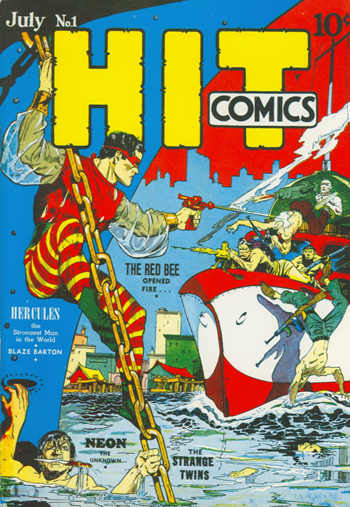
MORRIS: I’m an unabashed fan of Swarm, the villain made of bees, whose origins reside in the killer bee craze which swept the U.S. in the late Seventies and the possibly apocryphal stories of Nazis reorganizing in South America, as per The Boys from Brazil. There was also The Satin Satan, a nice mix of anti-disco sentiment and good ol’ middle-American Satanic Panic.
Really, being a child of the 1970s, I think I’m drawn to the bad Seventies characters. Evil hippie Angar the Screamer, laid-off armored baddie Rampage, a.k.a. The Recession Raider, and Brother Voodoo – I find them all to be terrifically entertaining, in concept if not in execution. They make for interesting snapshots of a different era …
THE BEAT: But even Razorback showed up in a Civil War spinoff. All of these characters seem to be fodder for updating and grim ‘n’ grittification. What do you think of that tendency?
MORRIS: It’s inevitable, but at least it’s always cyclical. Comic creators and fans alike tend to be packrats, and I’m sure writers always have a lineup of lesser and long-absent characters tucked away in the backs of their minds, waiting to slot them into a new story. And fans have their long-ignored favorites which they can’t wait to have return.
“Grim ‘n’ Gritty” is a little tired, as a trend, but it’s not the worst thing that can happen to a character (sometimes it’s even great. I wouldn’t have thought that a grim and gritty Penguin would have ever worked, but Danny DeVito and Robin Lord Taylor have both made strong arguments to the contrary). I enjoy it when a writer re-introduces a vintage character with some new context, a meaningful backstory, emotional resonance, even if all of that ends up with a once-cuddly character turned into a stab-happy serial killer, or what have you. At least the writer put in the work.
What I dislike is when these old, seemingly silly characters are brought back just for an in-joke, or for a self-satisfied chuckle at how “lame” they were. There’s tremendous potential in almost every character, if the creator is just willing to put in the work. I like to see contemporary creators honor the work of creators who came before them by lifting those creations, rather than just pointing and chuckling at them.
THE BEAT: Finally, if you could have a team up of ONE hero and ONE villain in one glorious comics battle, who would it be?
MORRIS: I have to confess that I set them both up in earlier questions on the off-chance I’d get asked this one. It would definitely be The Red Bee versus Swarm; one well-trained, crimefighting pet bee versus millions of rowdy Nazi bees. Pure, ideological bee-on-bee action, the way comics have always been meant to be(e)…


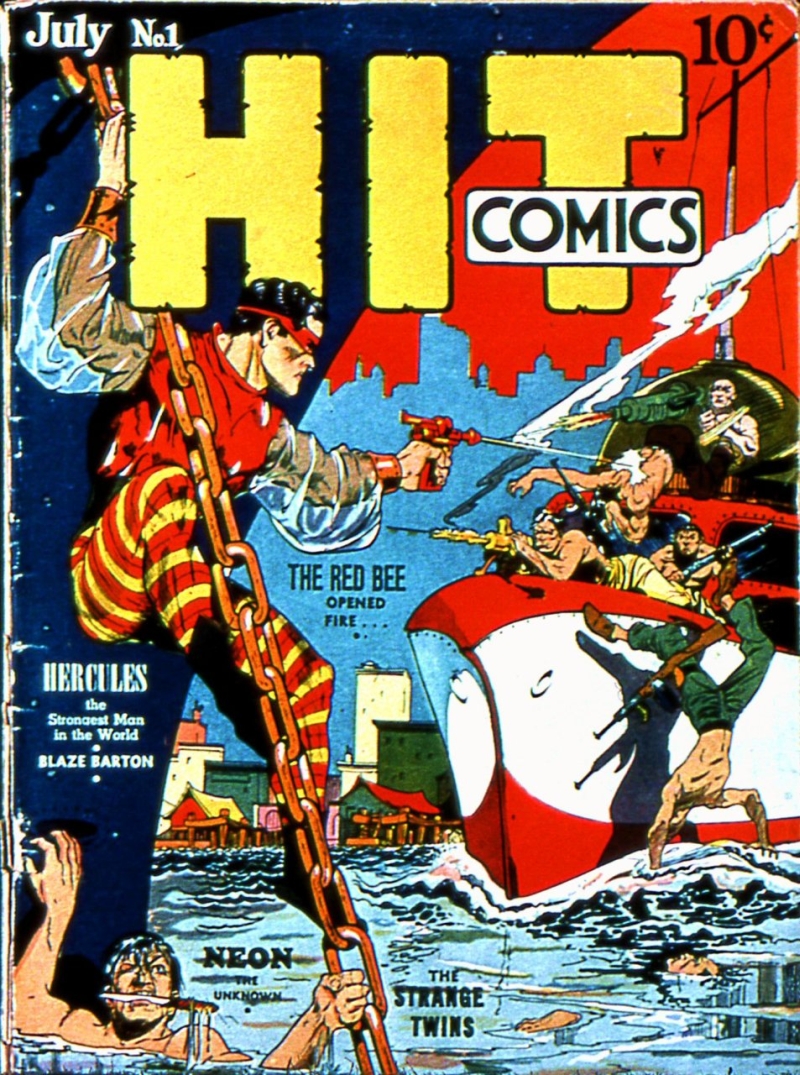
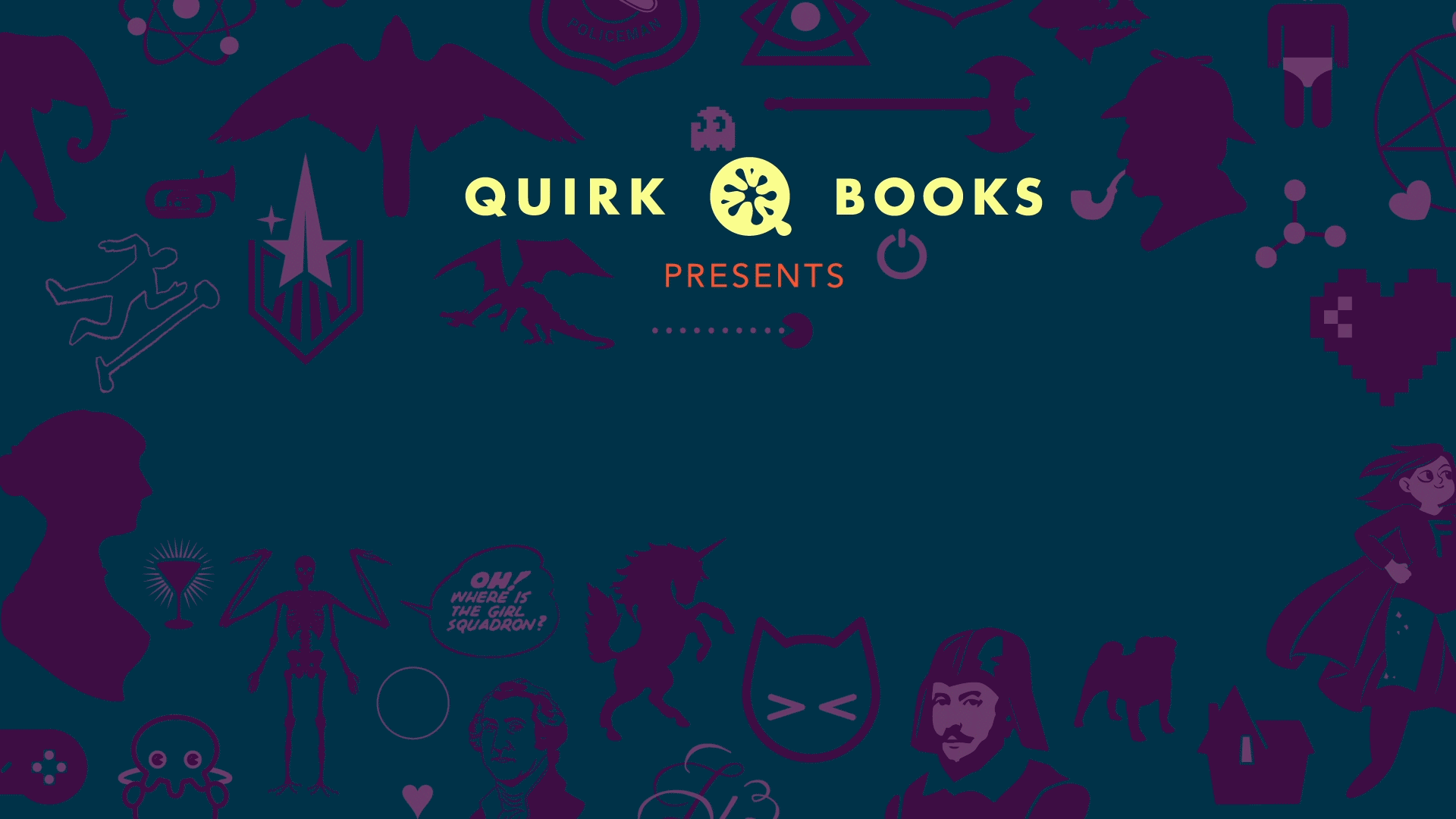

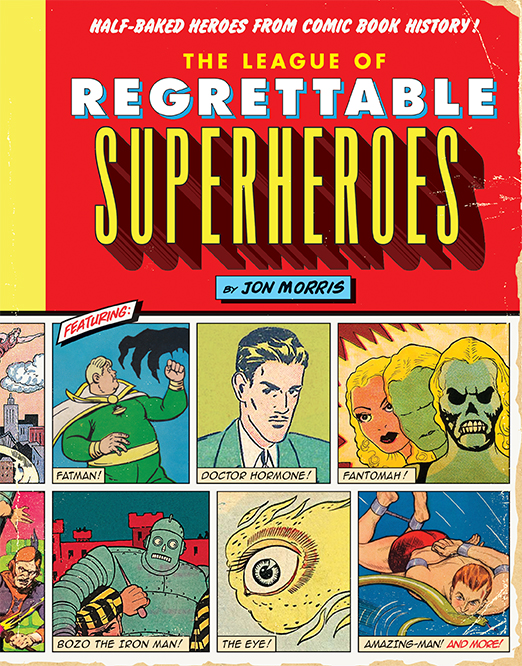
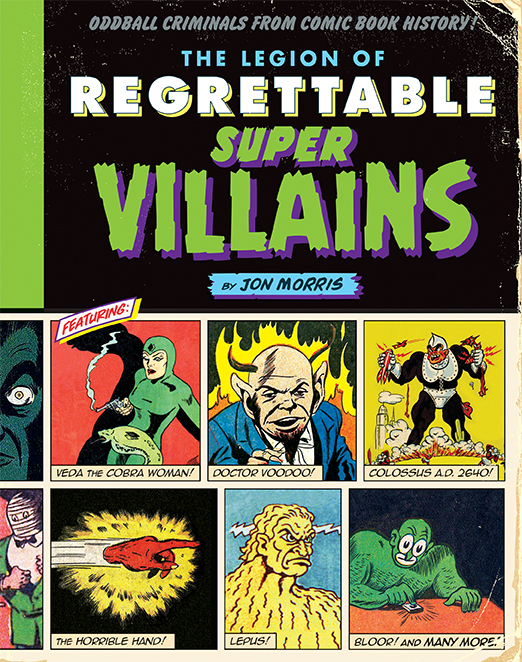
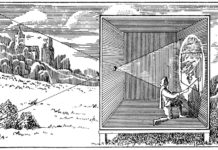
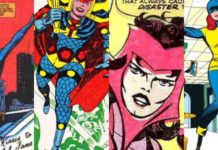
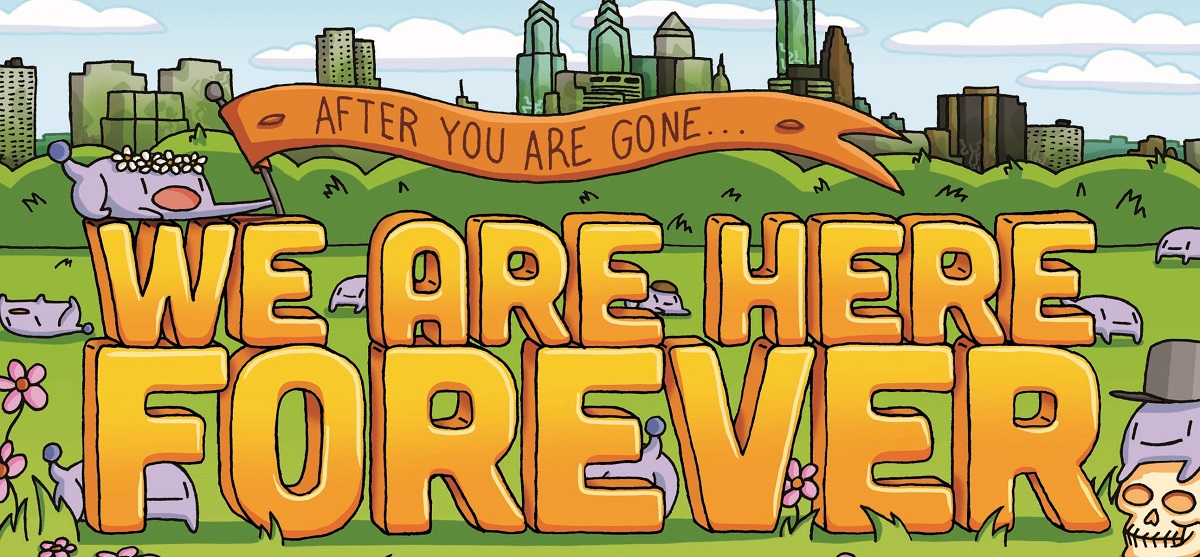



Oh God! What if The Red Bee versus Swarm had to put their differences aside to fight Kolony Kolapse, the sworn destroyer of honey in the universe! Now that’s comix gold… as gold as honey!
I always thought Swarm was a pretty scary and creepy bad guy. I think he was last used by Vaughn in Runaways, so there is some lingering affection for the character among modern creators.
[…] or What Is Swarm? Right here’s a quick explanation from Jon Morris, writer of The Legion of Regrettable Supervillains, which compiles many years of […]
Comments are closed.